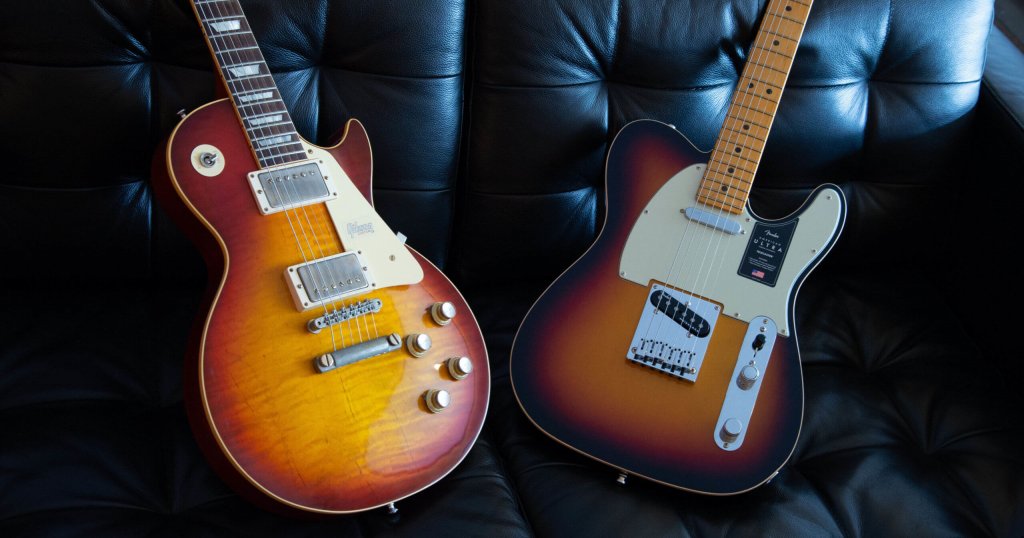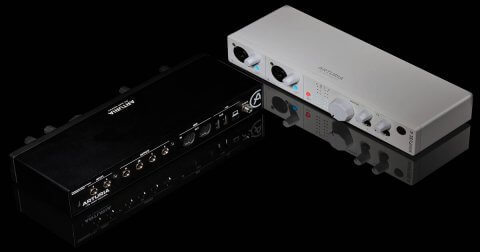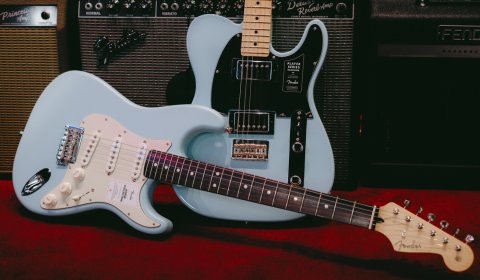Since you’re reading this, chances are you’ve shopped for an electric guitar before. And you’ll realise quickly enough that these instruments are nuanced and personal things. A small facet of the instrument can make a significant difference to the sound and overall feel of the instrument. Today, we look at an important and sometimes under-appreciated factor to consider when buying an electric axe – the guitar bridge.
Read more: New Squier Guitars for 2022
The bridge to greatness
An electric guitar bridge has the job of supporting and keeping in place the strings, and transmitting their vibrations along the entire instrument – in this case, the top of the guitar. The bridge also holds the saddles in place. These saddles give you the ability to adjust your guitar’s intonation, action and overall set up.
Bridges come in all shapes and sizes and types, and different bridge types will provide a different playing experience.. Your choice of bridge determines the access you have to particular sounds and playing styles – you’re not going to be able to do Eddie Van Halen’s Eruption on a Les Paul note for note!
The type of bridge also significantly affects the maintenance and playability of the instrument – an important factor to consider if you want to spend more time playing, rather than troubleshooting problems.
The types of fixed electric guitar bridges
Like its name implies, fixed bridges are attached to a guitar’s body in a fixed manner – simple, effective and safe. But don’t turn your nose up at these bridges! Many great guitars and players favour the fixed guitar bridge for the very reason that less is more.
Hardtail Guitar Bridge
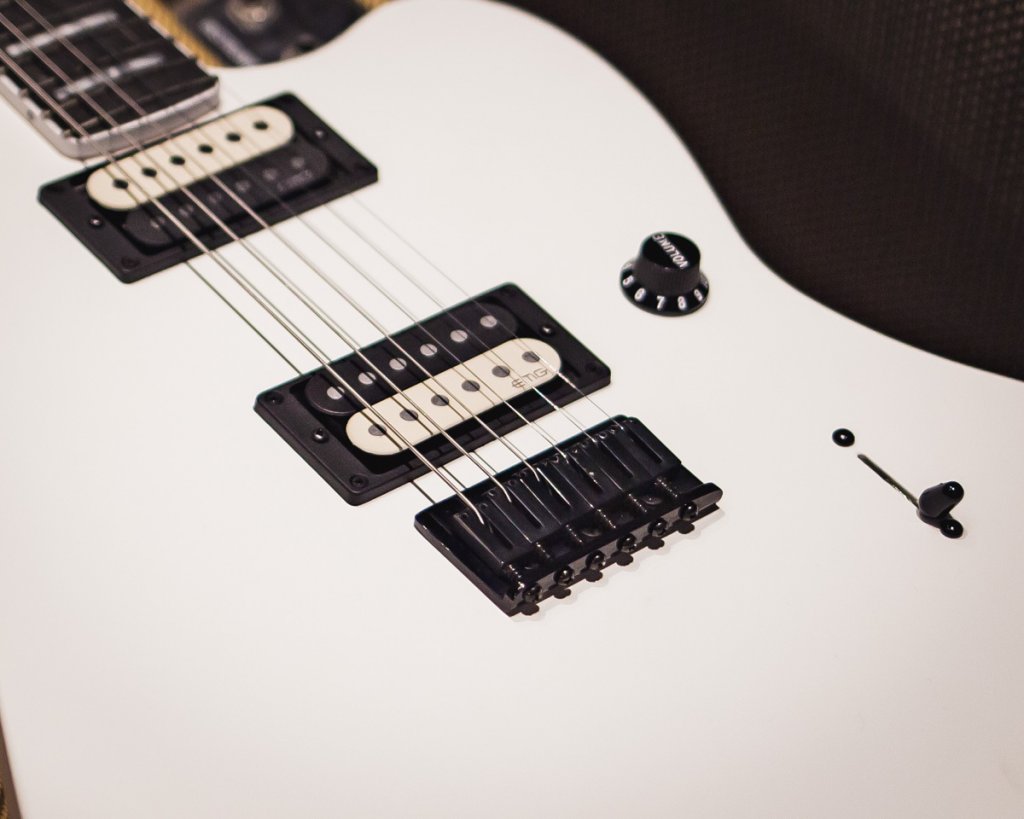
The hardtail is the most basic and straightforward bridge on the list. Fixed bridges are screwed into the body of the guitar and keep the strings in place and resting on saddles. Your fixed bridge won’t need any further adjustments once well set-up, intonated, and action adjusted. They are reliable, easy to maintain, and are a breeze when it comes to changing strings.
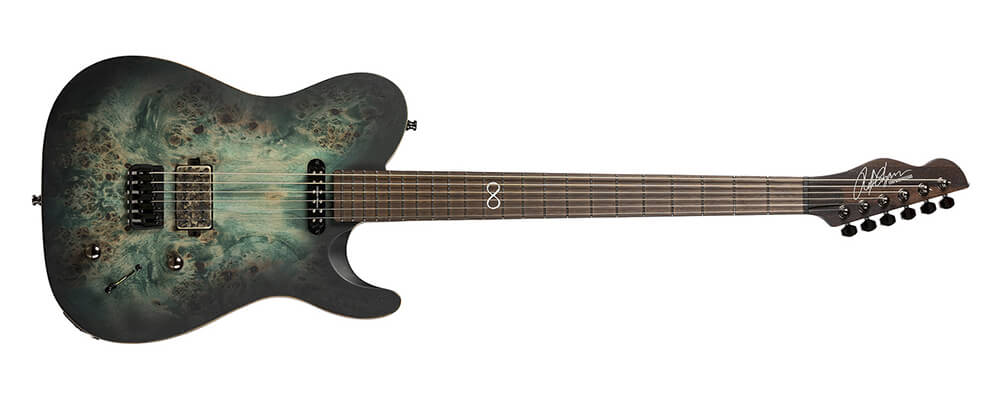
Unlike their floating counterparts, fixed electric guitar bridges don’t budge and generally stay in tune really well. While they may not have the flair and guile that a floating bridge can impart onto your playing, guitarists like Paul Gilbert and Misha Mansoor — known for their flair in playing — have favoured the sheer reliability of the fixed bridge for their signature guitars.
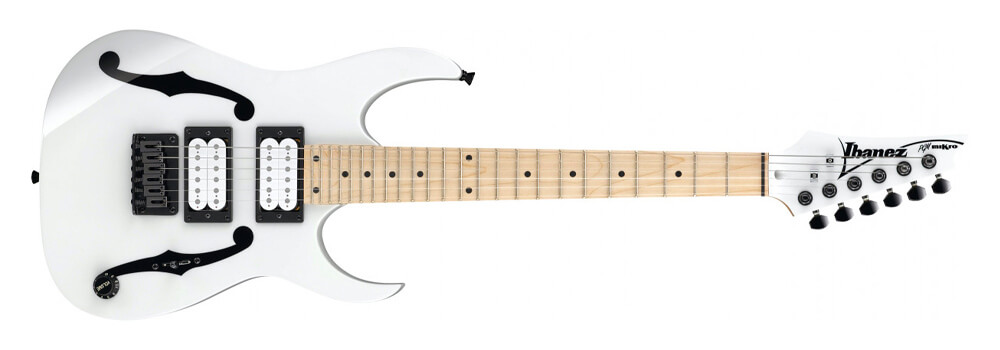
While the first instance of the hardtail appeared on Fender guitars, the simplicity of the design has proven to be very popular with guitarists. Now, multiple brands such as Ibanez, Jackson, and many more have multiple great offerings that come in the hardtail configuration.

Telecaster Guitar Bridge

The granddaddy of them all – the Telecaster was the first mass produced solid body guitar. Its bridge was a rudimentary design and an early ancestor of all modern hardtail bridges. The Telecaster bridge also doesn’t mechanically move. The main feature that sets it apart? The presence of an integrated pickup mounting ring. The Telecaster bridge pickup is mounted to the bridge rather than directly into the body of the guitar, and this contributes directly to the Telecaster’s unmistakable twang.
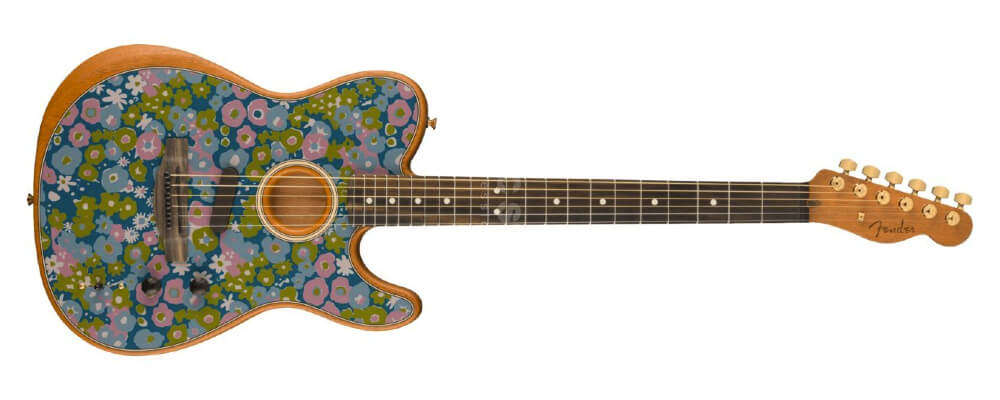
The original Telecaster design had three brass saddles (two strings per saddle), so intonation could sometimes be tricky. Although many Telecaster designs today have adopted a more modern six saddles for easier setups, the original bridge design still has plenty of fans.
Tune-O-Matic Guitar Bridge
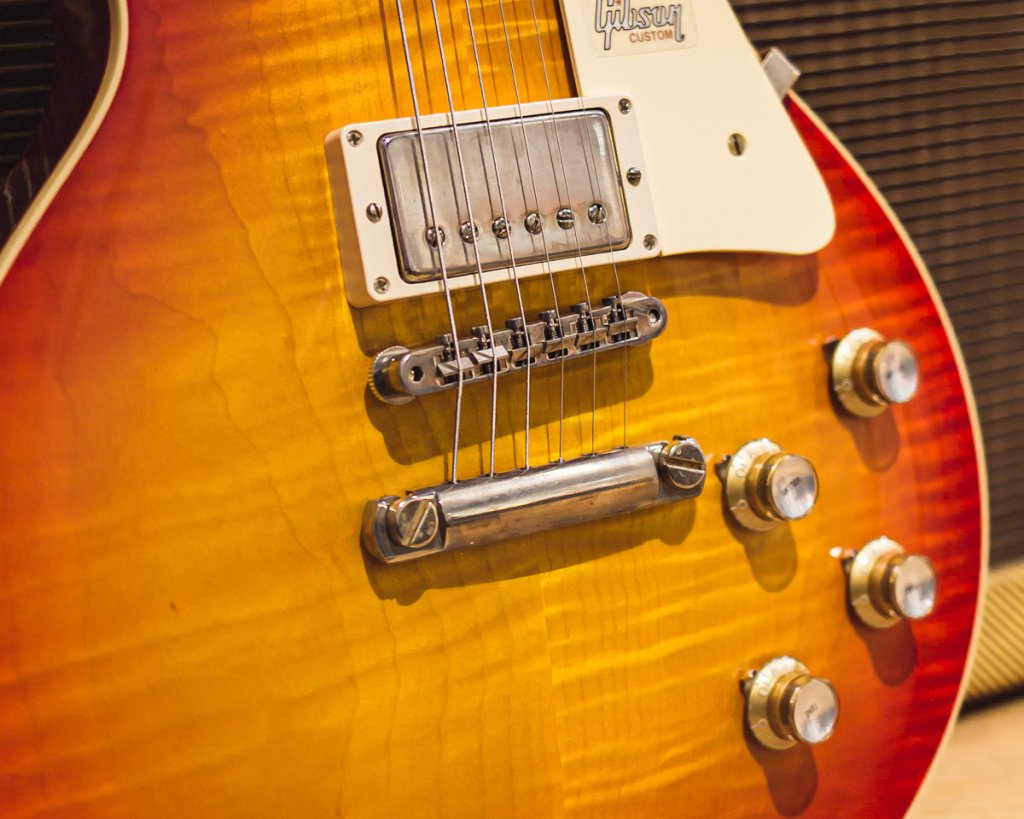
Ever seen a Gibson Les Paul or a Gibson SG? If you have, then you’ve probably noticed the Tune-O-Matic bridge as well. Designed by Gibson’s legendary Ted McCarty, the Tune-O-Matic made its debut in 1953 and has gone on to become the gold standard for carved top electric guitars today.
The Tune-O-Matic bridge is normally complemented by a tailpiece – usually a stopbar tailpiece. Trapeze tailpieces are more commonly seen on hollow-body guitars. The Tune-O-Matic solves the problems of past bridges with its movable saddles for each string, so players can intonate their guitars better.

You won’t only stumble upon Tune-O-Matic bridges on Gibson-style guitars – they’ve also found their way into more modern designs. You’ll see variations of the Tune-O-Matic that have their strings fed through ferrules in the guitar’s back instead of a tailpiece, increasing the already impressive sustain on these guitars.
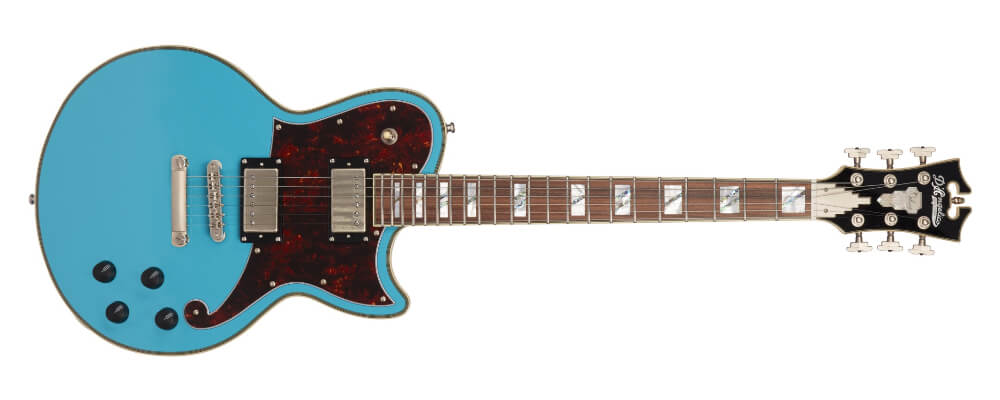
Having a whole hardware piece dedicated solely to intonation adjustment works wonders. These guitar bridges are great for having stable intonation. Some prefer the flatter feel of the hardtail, whereas pthers might find the angles on the Tune-O-Matic to be more comfortable.
Wrap-around Guitar Bridge

One of Gibson’s first innovations for their solid body electric guitar was the wrap-around bridge. Before the Tune-O-Matic became a reality, Gibson Les Pauls had wrap-around bridges. It’s a simple device – just insert the strings from the bottom of the bridge and wrap them around the top. This rudimentay design had its advantages, namely incredible resonance and sustain.
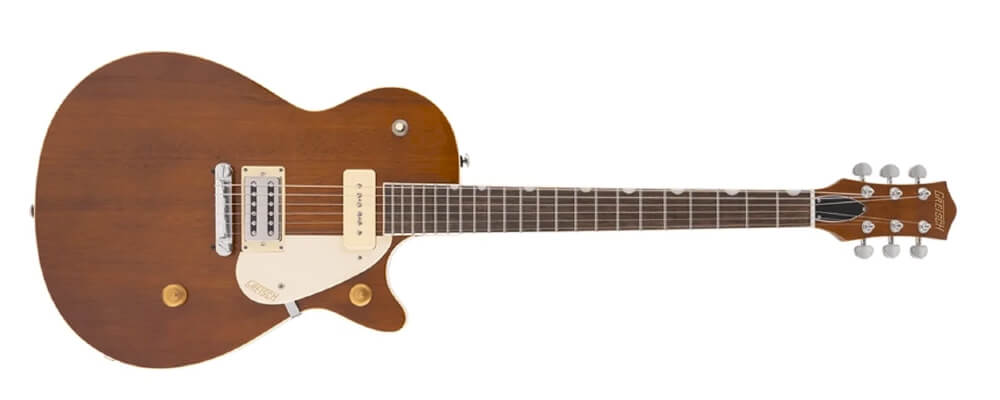
While the wraparound is a less common option compared to other bridge types, some builders still favour the wrap-around tailpiece for its many strengths. Many of them feature compensated saddles to get around the problem of intonation. These type of bridges have notches at carefully selected locations for each string, which helps each one stay intonated.
Fixed bridges are just the beginning! There are many other aspects of a guitar’s build to consider when searching for your perfect axe. Check out our blog for more articles on guitars and other music instruments.
If you prefer a more hands-on approach to find out what kind of fixed bridge best suits you, head down to your nearest Swee Lee store, and our friendly staff will be more than happy to guide you along. Prefer shopping in the comfort of your own home? Check out our full range of guitars on our online store. And as always, if you subscribe to our newsletter, you’ll receive updates on our hottest deals and new arrivals.
Read more: Upgrade Your Axe: Our Best-Selling Fender Telecasters of 2022
